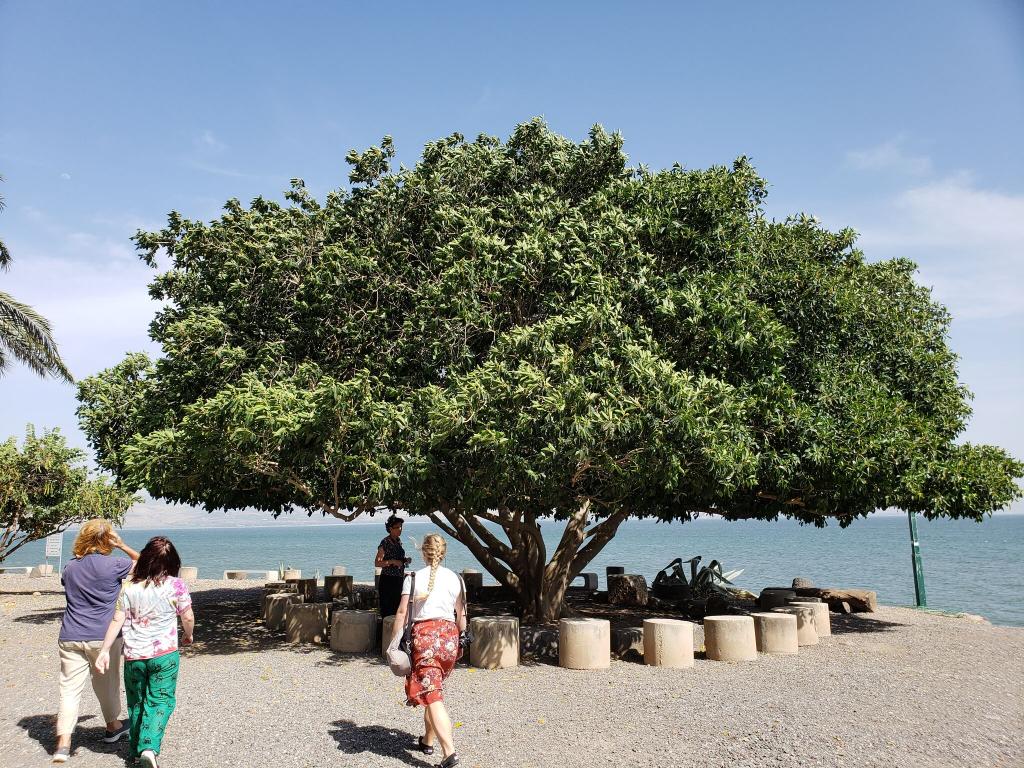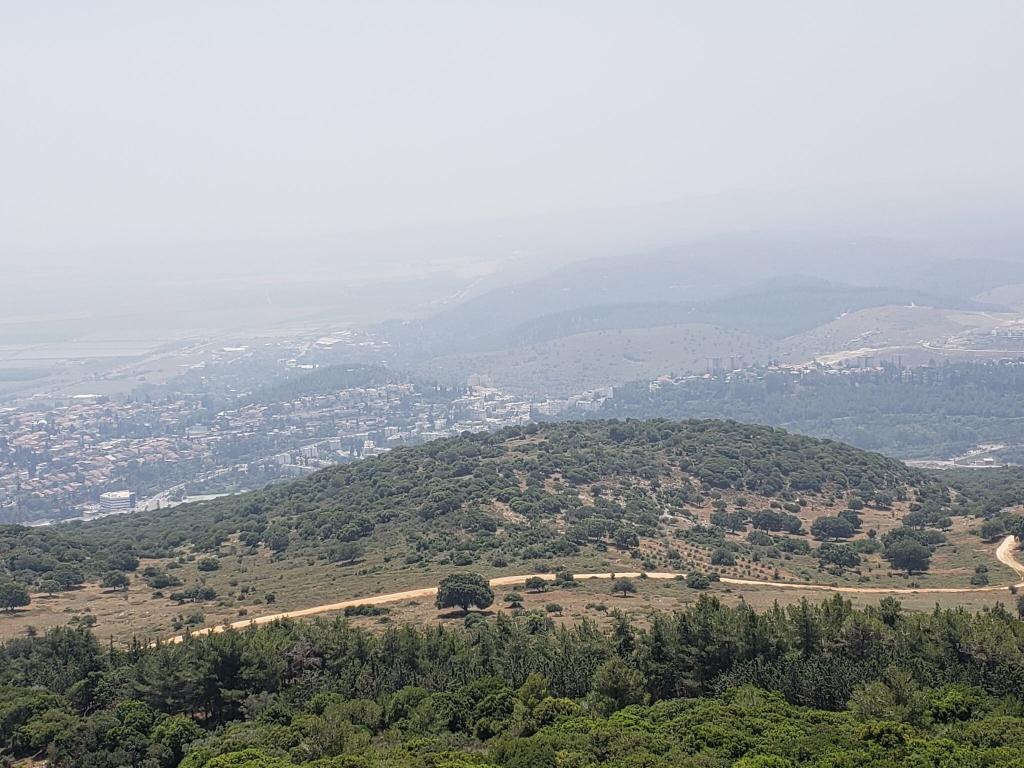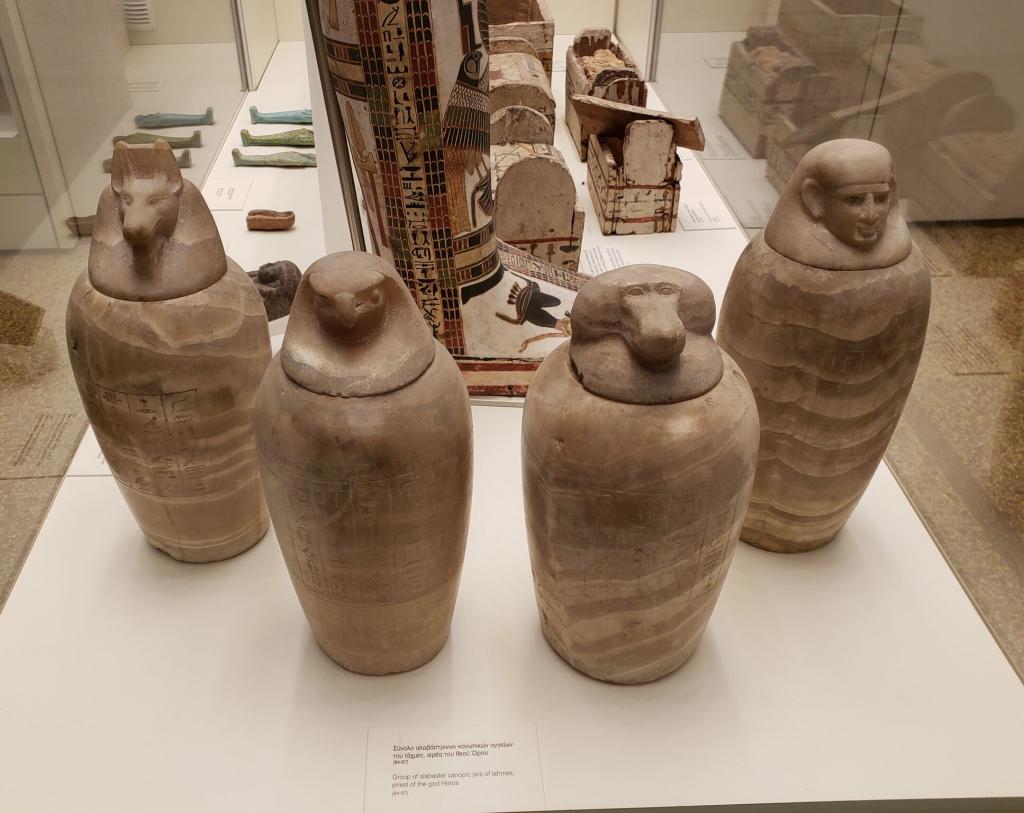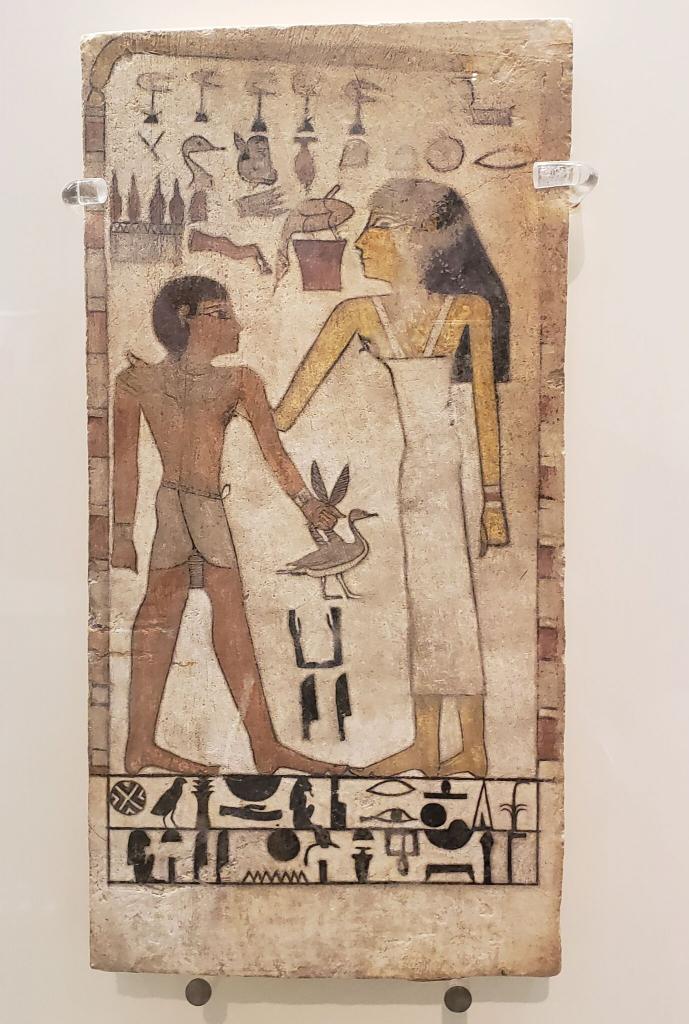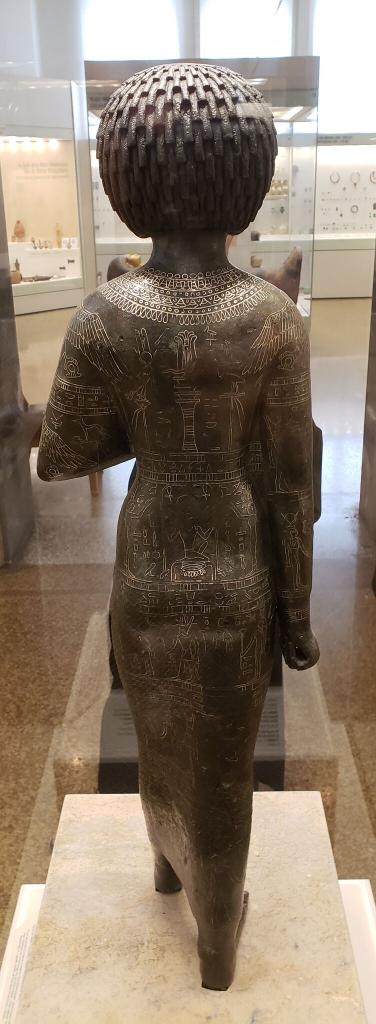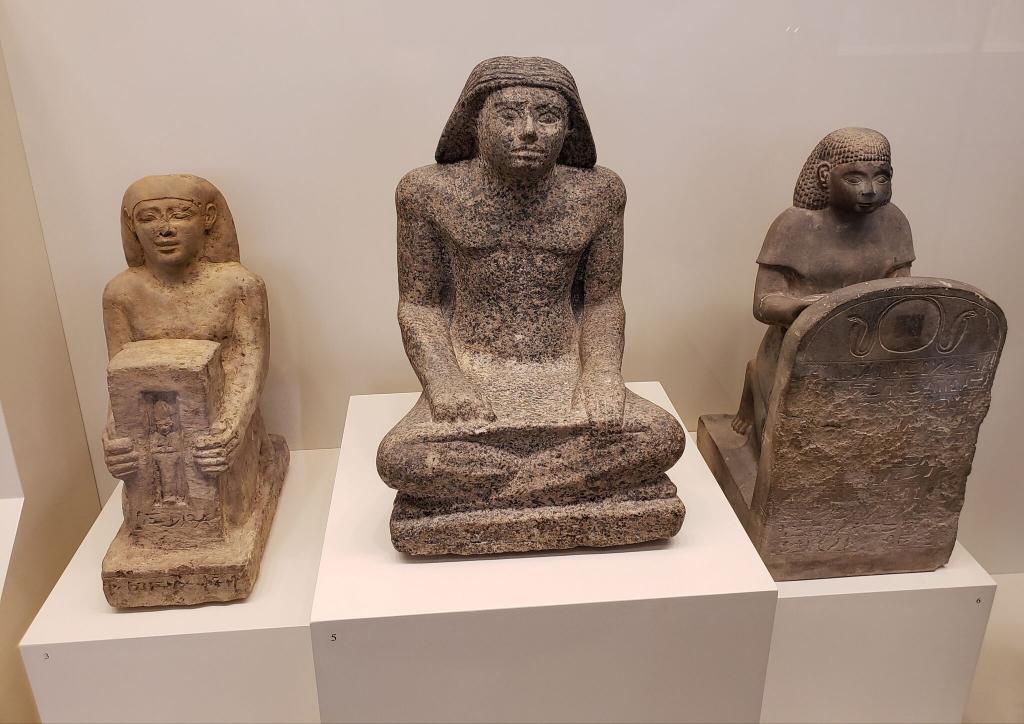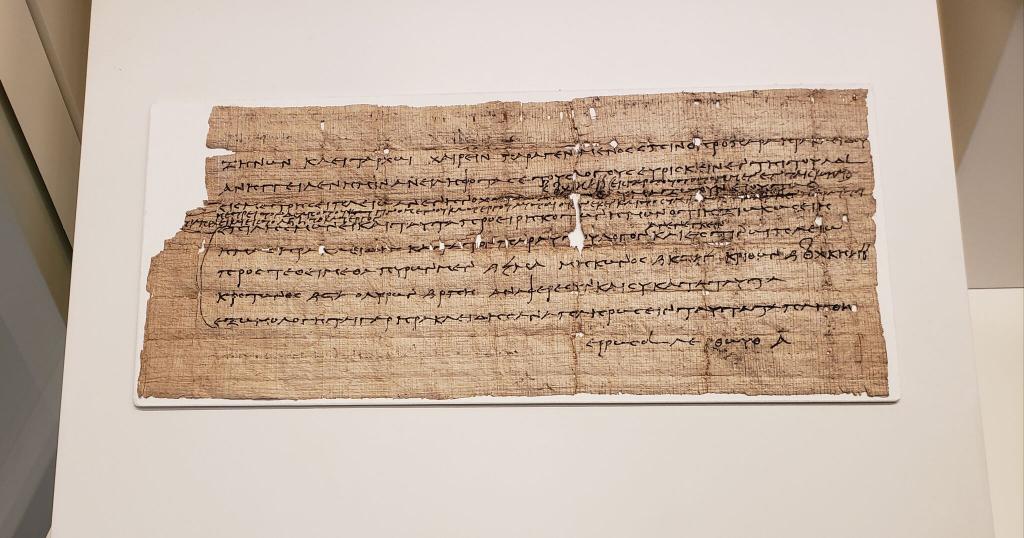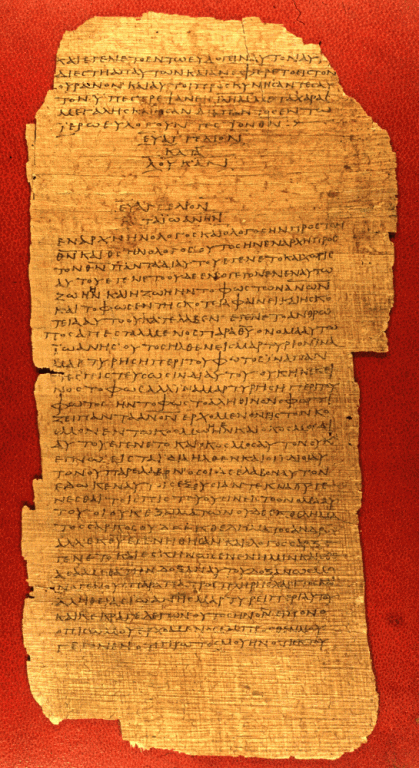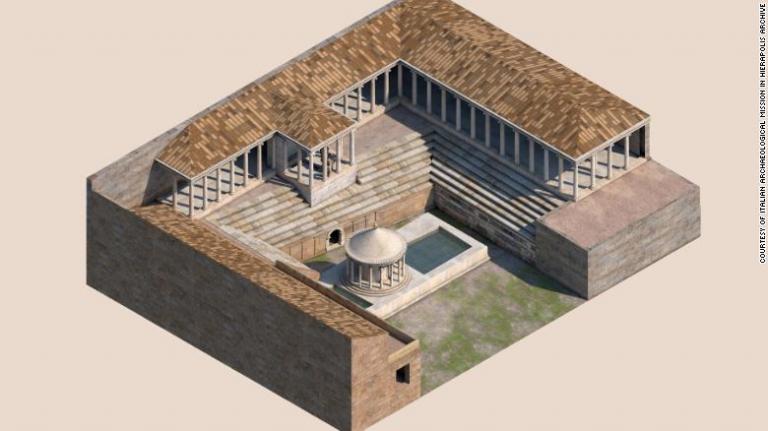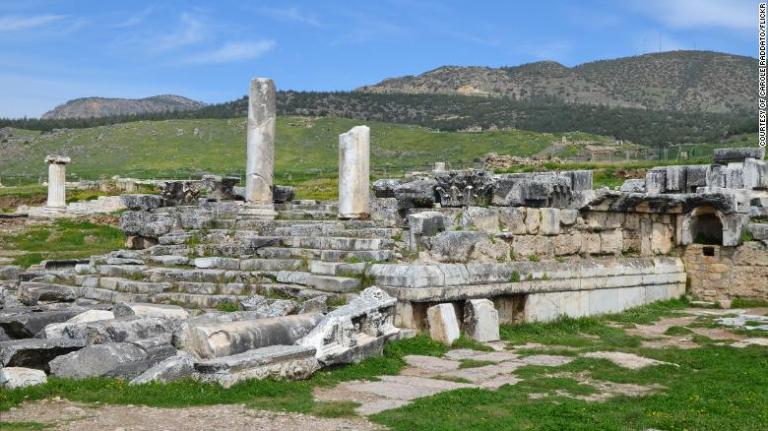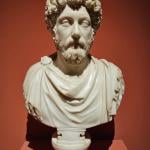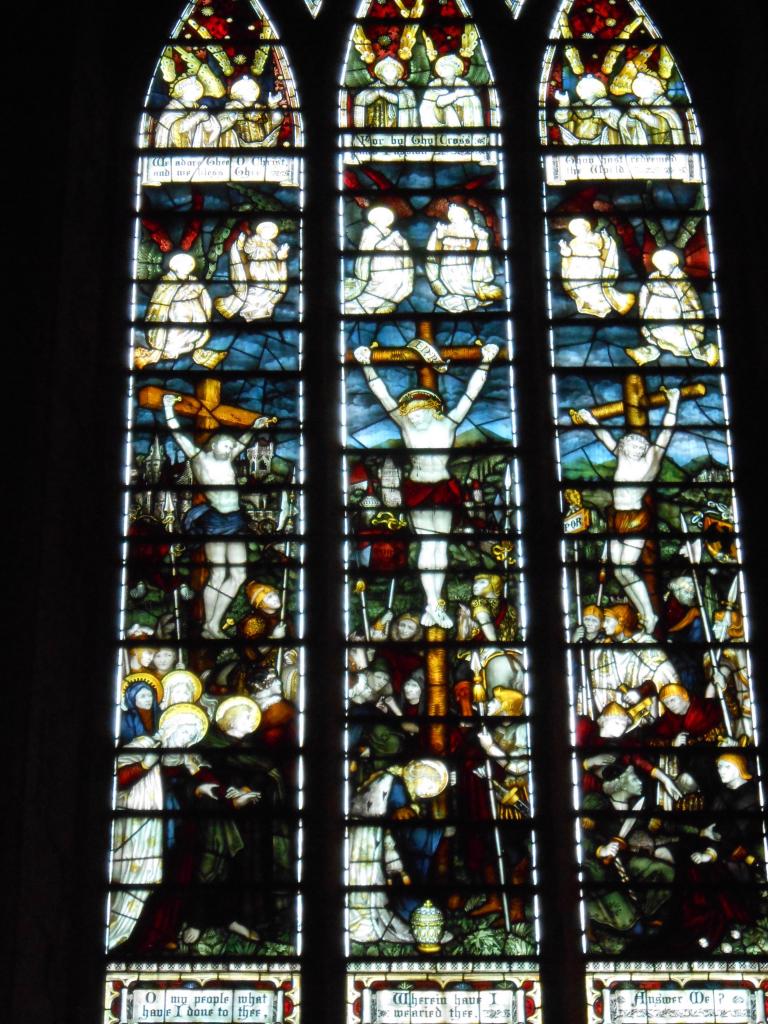
The Great Church was fundamentally committed to the defense and promotion of the doctrinal mainstream, defined in ever more precise terms. Wholly new concepts of orthodoxy became commonplace, together with new vocabularies. It was around 200 that the brilliant African theologian Tertullian (c.160-220) first applied the Latin word trinitas to the Christian deity. As with the poor Quartodecimans, those who espoused yesterday’s normality suddenly became today’s heterodoxy.
A brief summary of this era would include the following “firsts” – the innovations and breakthroughs – all from that short period around 200:
*Scale and Diversity: The church’s vast geographical scale demanded a much greater recognition of linguistic and cultural diversity, beyond the original Greek and Aramaic. For the first time, Latin and Syriac became vehicles of major Christian writing and thought.
*A World Church: Despite its growth, the church retained its sense of common identity, as manifested by the first great councils.
*Planting Roots: Globalization coincided with localization. As the churches developed local roots, they no longer relied on itinerant leaders and immigrants. Victor, whom I have already mentioned as the Roman Pope of the 190s, was the first holder of that office to speak Latin.
*As a dubious blessing of this trend, the church’s very first anti-Jewish polemic in Latin appeared a year or two after 200.
*Authority and Tradition: In the extensively preserved Christian discourse and debate of this era, arguments repeatedly relied on church tradition and long authority, exactly the characteristics of an institutionalized church rather than a sect.
*Hierarchy: Although bishops and clergy are recognizable in earlier eras, their roles and functions now become much more standardized and formalized. They become the crucial transmitters and guarantors of tradition and authenticity. Victor may have been the first Roman Pope to act as a bishop, rather than the chair of the governing board of the local congregation.
*Institutional Life: churches and bishoprics now became corporate property-owning institutions, vastly increasing the material concerns at issue in any theological debates.
*Clergy and Laity. It was precisely around 200 that we find the first evidence of clergy as a distinct profession or caste, a textbook sign of the distinction between a sect and a “church.” That concept in turn consigned the rest of believers to the category of “laity”, literally just “the people.”
*Priesthood. The theory of Christian clergy as priests originates in this era, with all the Old Testament implications of that term, and all the theological implications of that insight.
*Christian Identity: The Easter controversy was the clearest example of a newly assertive Christian identity and ideology separate from Judaism. Meanwhile, it was also around 200 that Jewish thinkers took their own steps to a new distinct identity with the maturity of Rabbinic Judaism.
*Creating Catholic Theology. Around 200, Tertullian creates the language of later Catholic theology in a wide range of matters, notably including the concept of clergy, and of clerical celibacy. His writings gave later Latin-speakers a firm theological foundation both in language and concepts.
*Church Order: These years mark a new sophistication in Christian liturgy and devotional practice, and more formal rituals. Several surviving texts demonstrate the near-obsessive concern with “Church Order,” with its assumptions about formality, hierarchy, and the specialized roles of the emerging clerical caste.
*Eucharistic ideas in particular became central to spiritual power and prestige, with shared communion the essential criterion for church membership.
*Cultural Genesis: The volume and diversity of Christian cultural and literary contributions grow massively in these years, suggesting a whole new scale of intellectual engagement. Christian musical culture and hymnody also originate at this very time.
*Engagement with Mainstream Culture: Only in this era could Christian thinkers, for the first time, engage in serious debate with the pagan cultural mainstream, through sophisticated apologetics, and the emergence of distinctively Christian philosophy. These efforts manifest a new social confidence, and new class pretensions.
*Engagement with Political Power: Tentatively at first, Christians first began to appear among ruling elites, and even included in their ranks the king of a state, the borderland of Osrhoene.
*Theology, and the Great Leap Forward: The need to participate in mainstream intellectual life revolutionized Christian theological discourse, demanding a new rigor in theological categories, and in turn provoking the debates that so agonized the Great Church over the following three centuries. These divisions were especially evident in concepts of the Trinity, and of the person of Christ.
*Exploring the Christian Scriptures: From earliest times, Christians had been deeply engaged in scriptural exegesis and commentary, but with reference to the Old Testament. From the end of the second century, the focus shifted to the newly-defined New Testament, with the first pioneering commentaries on books in that collection, and intense debates about the proper contents and limits of Christian scripture.
So many critical components of later Christian thought, life, writing, culture and devotion – so many ideas, arguments, institutions, and genres – have their roots in this effervescent period.
So prolific are the changes of this era, and so far-reaching, that it demands to be recognized as one of the most significant turning points in the formation of Christianity. It was at least equal in importance to the far better-known era of Nicea, when the range of possible historical outcomes was far narrower than in the earlier period. The period around 200 was a time of near-infinite possibilities, on matters far broader than something as specific as the date of Easter. Indeed, so much of what the Council of Nicea debated reflected issues that had arisen about 200.
Scholars have long recognized the pivotal importance of some of the thinkers of this era, especially Tertullian and Clement of Alexandria, but new (and indeed very recent) discoveries and insights have vastly enhanced our knowledge of these years. We know much more than we did about the Gnostics and Sethians, about the pagan world, and indeed about the mainstream church itself – and scholarship has boomed. The more we discover, the more vital these transition years appear.
In terms of that Christian story, the years around 200 marked the end of the beginning. More on this in coming posts.


 The Israelis have been busy bees over here since they took the land, planting crops, setting up vineyards, building homes, strengthening defenses etc.
The Israelis have been busy bees over here since they took the land, planting crops, setting up vineyards, building homes, strengthening defenses etc. 

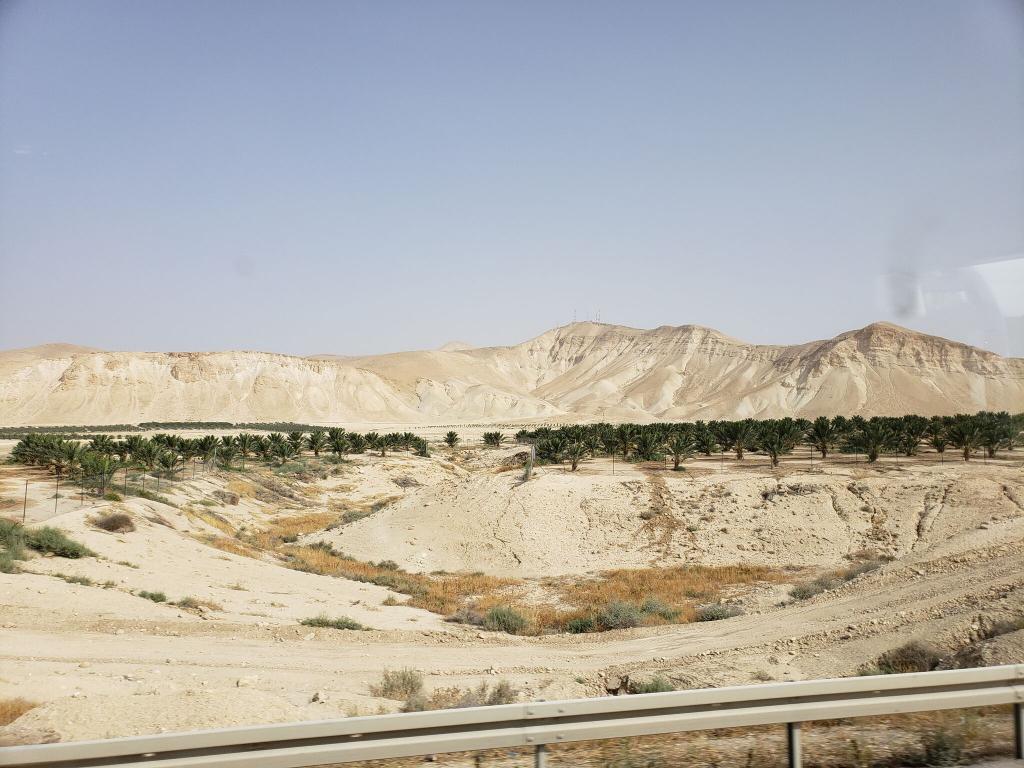 If it were me, I would not be eager to live on the border with Syria!
If it were me, I would not be eager to live on the border with Syria! 









